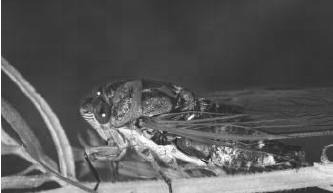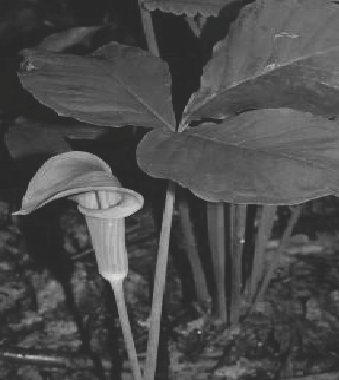Ask the Steward By Dan Ernst Just when are the official dog days of summer? While there is no official date, the Dog Days of Summer generally correspond to the sultry period of summer when the days are long, hot and humid. According to the Old Farmers Almanac the traditional timing runs for 40 days from July 3rd to August 11th and is linked to the ancient cycles of the Dog Star, Sirius. References to the Dog Days go back to Ancient Rome and has its place in many cultures around the world- particularly the Northern hemisphere. Today, in casual conversation the dog days often refer to the hot summer days when dogs laze around to avoid the heat and folks are generally dragging from the summer’s high humidity and heat. Interestingly, the annual cicada (locust) is often called the ‘dog day cicada’. They emerge from the ground in mid to late summer and live for 5-6 weeks. Their familiar cicada buzz is strong during the Dog Days of summer. Some even note the 1st sound of the cicada saying "Ah- only 40 days left of this summer heat and humidity and return of summer quiet."

David Cappaert, Michigan State University, Bugwood.org
Are Indian Turnips edible?
The Indian Turnip is most commonly known as the Jack-in-the-Pulpit (Arisaema triphyllum) and is a beautiful spring wildflower with a characteristic white and purple striped hood (spathe) sheltering the actual flower head- referred by many as the ‘Jack’. The name Indian Turnip comes from the bulbous root (corm) of the plant that had many uses by Native Americans and is used today in various herbal remedies. But, beware the root is not all that edible. One bite of the raw root will immediately cause you discomfort and pain. The root contains small needle-shaped crystals (calcium oxalate) that when chewed will cause a burning sensation and swelling of the tongue and soft tissue of the mouth. While generally just a very unpleasant and painful experience, it can be fatal. One taste and you won’t forget this plant-and why it has also been called ‘memory root’.
While Native Americans ate the plants berries and leaves surrounding the flower, they generally considered the root poisonous. However, with proper drying, cooking and other preparation the root too was used for various foods. Note- even the leaves and flowers contain some of the crystals and consumption can be unpleasant if not handled properly.
 William M. Ciesla, Forest Health Management International, Bugwood.org
William M. Ciesla, Forest Health Management International, Bugwood.org
Dan Ernst is an assistant state forester with the Indiana Division of Forestry. He oversees the state forests in Indiana and has authored the “Ask the Forester” column for years. Have a question for the column? Email Dan at dernst@dnr.in.gov
